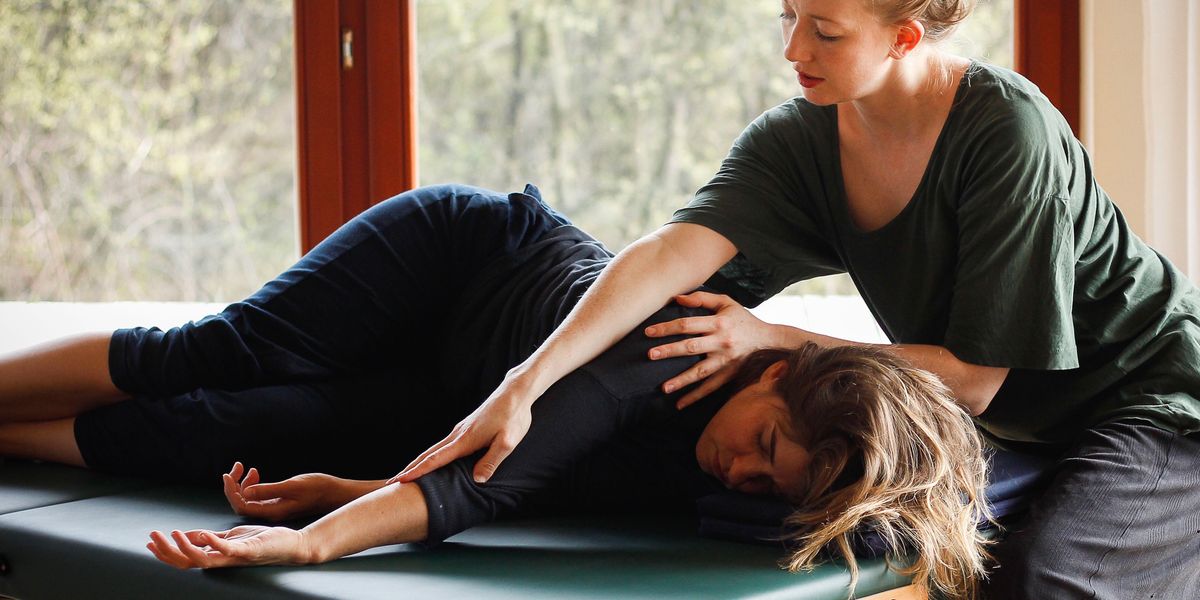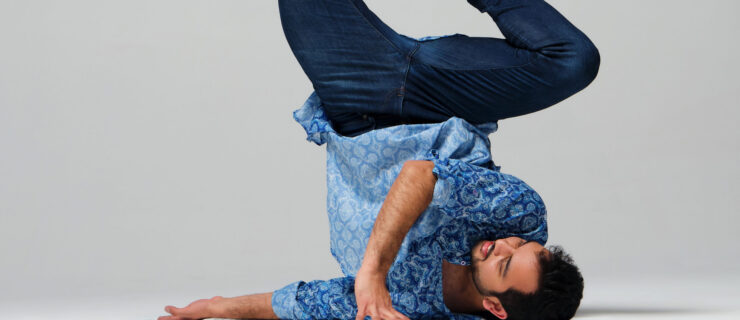We've Reached Peak Wellness—and These Savvy Dancers Are Taking Advantage
From barre classes to fitness influencers and athleisure outfits, the concept of “wellness” has fully taken over the cultural zeitgeist—and infiltrated the dance world. But wellness is more than just celery juice and healing crystals. It’s a multi-trillion-dollar industry that’s helping people live healthier lives, and putting dancers in a unique position to capitalize on their expertise.
Dancers have a deep understanding of the body that can equip them to help others meet their wellness goals, whether they take place inside the studio or out. For many, pursuing a health-related interest is more than just a way to hone their own craft, it’s also an opportunity to have a fulfilling side hustle. But it takes creativity and an entrepreneurial spirit to make the hard work pay off.
Kate Wallich, Creator of Dance Church
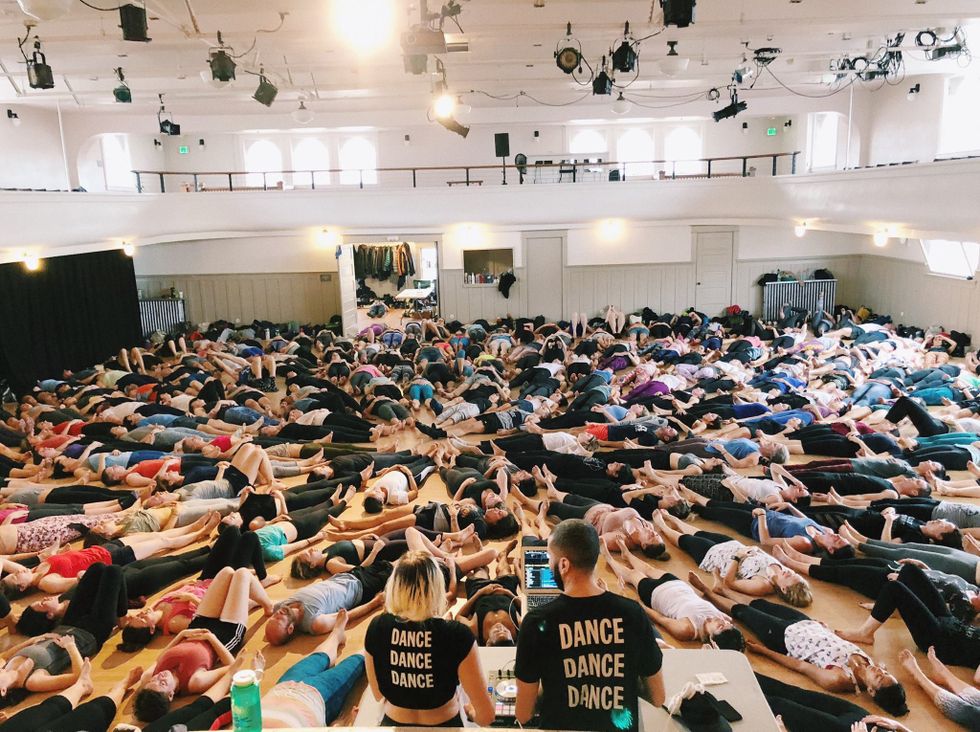 Courtesy Dance Church
Courtesy Dance Church
What started as Kate Wallich’s open dance class on Sunday mornings, affectionately nicknamed “Dance Church,” has expanded into a dance fitness organization across six cities. The classes attract hundreds of people (nondancers are welcome) looking for an expressive workout.
Moving people:
“The knowledge that we hold as dancers is very special. Without sounding corny, dance changes lives. Dance Church is not about dance as image, or dance as a form. It’s about the act of being in your body and creating a genuine connection. I love seeing people break that mold.”
Making wellness accessible:
“One of my goals is to create a platform that dancers can access. Dance Church isn’t making money through the dance world. We give $5 subsidized classes to all working dancers, and I don’t charge for the teacher training.”
Entrepreneurial mind-set:
“Art doesn’t exist in a vacuum. There’s been this cyclical nature of poverty inside our field. Let’s reverse that and create sustainable systems. I’m not saying I’ve figured it out, but how can I empower dance artists to be entrepreneurs? What’s the next Dance Church?”
Annie Rigney, Ilan Lev Practitioner
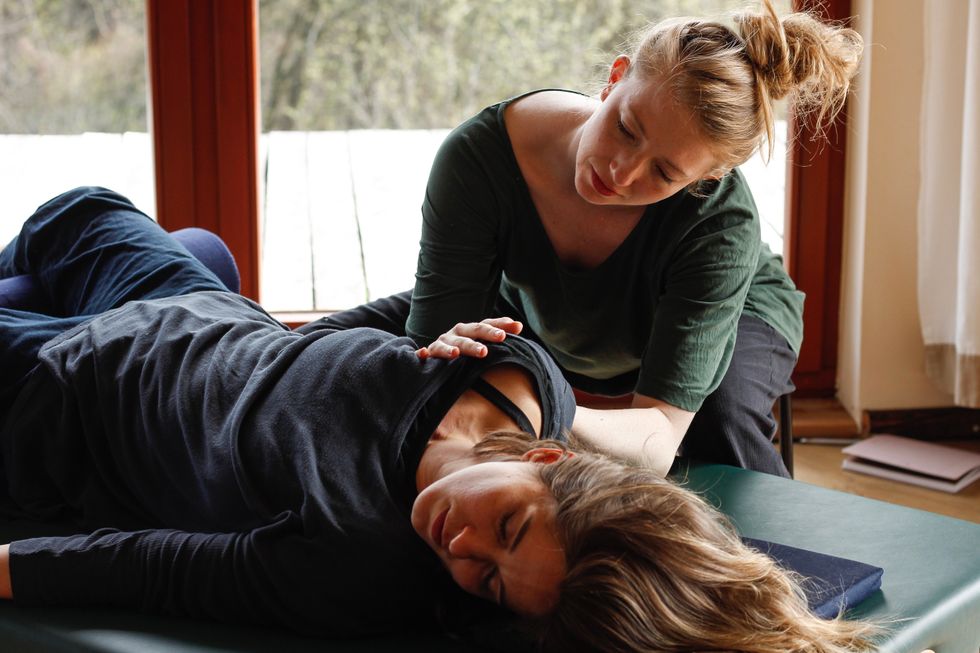 Cristina Crippa, Courtesy Rigney
Cristina Crippa, Courtesy Rigney
While dancing with the Batsheva Ensemble in Tel Aviv, Annie Rigney was introduced to a popular Israeli somatic method created by a healer named Ilan Lev. The practice, which she describes as “like having someone do Gaga to you,” transformed her way of moving, so she became a practitioner. Her client list includes dancers in Sleep No More and Gallim, as well as musicians and people of all ages.
Honing her personal practice:
“It was a mission of mine to understand how to move in this phenomenal way that the Batsheva dancers do. I’d done lots of bodywork before, and had lots of injuries, but I never found anything that transformed my system so immediately and with so much play and joy. Ilan seemed like this sort of magician teaching everyone how to move.”
Mind-body connection:
“The idea is that we’re creating a dialogue with the nervous system and sensory system. The patient is passive, and the practitioner gently moves their body through these various pathways. Their nervous system gets the opportunity to let go and receive these efficient pathways and then update itself.”
Balancing act:
“When I was in Sleep No More, I would treat in the morning and early afternoon, then do the show in the evening. Now I’m treating people 50 percent of the time. Then I teach Gaga at University of the Arts and SUNY Purchase, I have a little bit of time for freelance gigs, and I’m starting to make my own work. As a side gig, it’s really amazing because I don’t have to leave my house, it informs my dance techniques, it creates connections in the community, and I set the hours.”
The healing power of dance:
“As a dancer, you use movement to achieve a physical or aesthetic goal, tell a narrative or evoke a feeling. But it’s been so beautiful to see that the same passion for movement can be used to help people heal from pain and trauma.”
Carolyn Judson, Holistic Health Coach
 Courtesy Judson
Courtesy Judson
When Carolyn Judson joined Texas Ballet Theater at 19 years old, she started paying closer attention to the food she ate. Her growing interest in improving her performance and injury recovery led her to earn a certification in health coaching. Through her practice, Judson Holistic Health, she counsels people from a variety of backgrounds, including many current and former dancers.
The dancer difference:
“We’re all so disciplined, and while that seems to work, it can also tear you down. It’s taken me a lot to realize that perfection is unattainable, and that’s okay. Coming at the idea of health, fitness and food from a place that’s more real-life is really important to me.”
Staying flexible:
“I want to be ready to transition into the wellness field when I retire, so I keep coaching at least a little bit all the time even though being a full-time dancer and a mom takes a lot out of you. I work with individual clients, both face-to-face and on the phone or through FaceTime. Half of my clients are dancers. Coaching them is so fulfilling, but being able to work with someone who doesn’t dance, you can see the growth happen so fast.”
The anti-diet approach:
“I offer a six-month program, because I think you need to have a partner as you’re finding your new lifestyle. I’m not going to teach you a diet; we’re going to figure out what works for you long-term.”
Jenelle Manzi, Founder of Get Golden
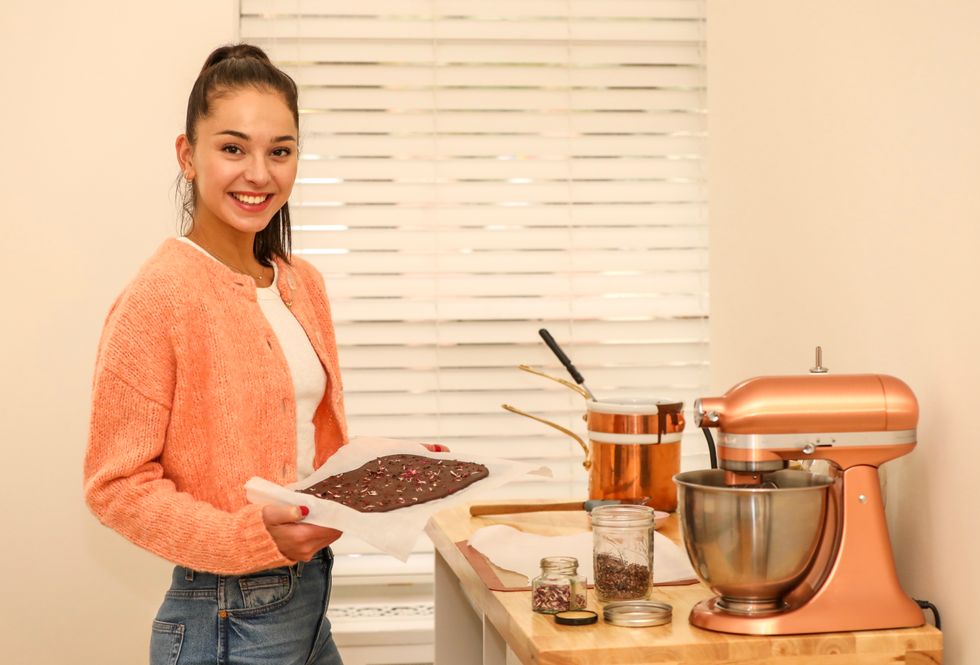 Courtesy Manzi
Courtesy Manzi
In March 2018, New York City Ballet corps dancer Jenelle Manzi was passing out homemade dark-chocolate cups on a bus to the Kennedy Center when her colleague Sara Adams asked, “Why don’t you sell these?” With a passion for crafting recipes, Manzi, who has a gluten allergy, saw the potential to turn her hobby into a brand. She created an LLC the moment she got back to New York. And when an injury kept her off the stage last summer, she assembled a team, designed branding, found a facility and developed the recipes for her line of decadent health snacks, called Get Golden.
Time management:
“Every layoff we’ve had, I’ve gone to every food and wellness event and panel I could. I find working on both simultaneously fuels and balances me.”
Dance as creative fuel:
“One of our main goals with Get Golden is to spread the importance of art and creative spirit—and those are the two things that I’ve learned in ballet. You have the ability to create an experience for an audience member, and bring them into a different world. Baking is not ballet dancing. It’s something else, and it magnifies the importance of art, creativity and self-expression in a different way.”
Planning for the future:
“When I was injured, I couldn’t dance for quite a long time, and I learned a different side of myself. A lot of my friends love to choreograph and teach ballet, and I feel like I have a different skill and contribution.”
Kathryn Boren, Certified Personal Trainer
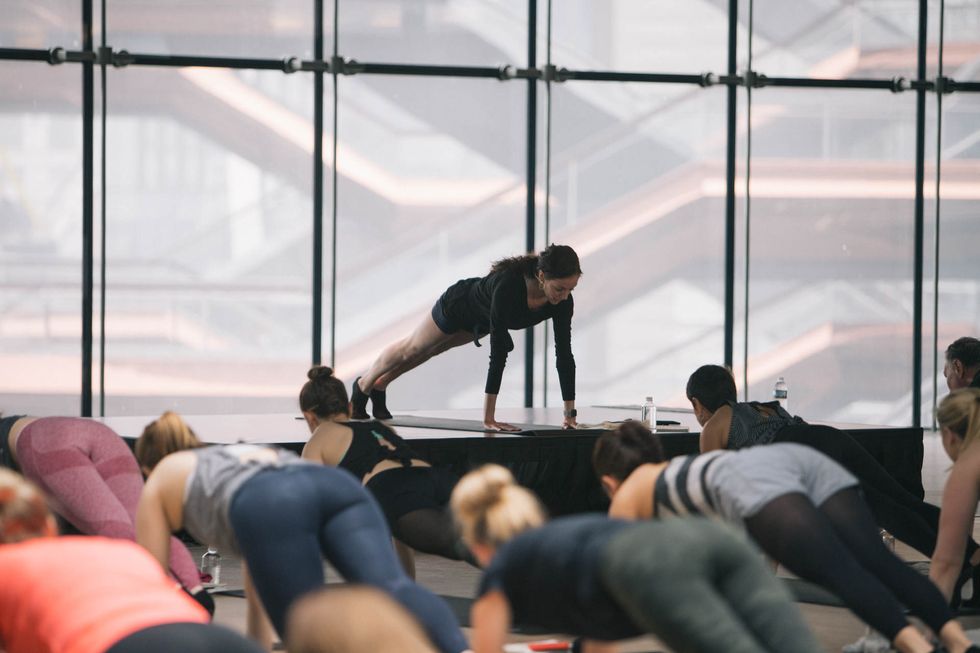 Will Mayer for Better Half Productions, Courtesy Boren
Will Mayer for Better Half Productions, Courtesy Boren
American Ballet Theatre corps member Kathryn Boren became a certified personal trainer after seeing the results strength-training brought to her dancing. During breaks throughout the day, she pops into the physical therapy room to train her colleagues. On the weekend, she hosts a group conditioning class designed for dancers but open to anyone.
Discovering an outlet:
“Training helped my technique, but it was also just a great mental release. It was getting my mind off of the studio, allowing a little creative flexibility, but still keeping in line with being a professional ballerina.”
Following a trend:
“Once I was certified, all these opportunities to train other people and teach classes started flooding my way. My professional Instagram helped me segue into this fitness niche—it’s introduced me to new clients and helped me spread the word about the classes and training I do.”
More than a side gig:
“Once I hang up the pointe shoes, I’ll be taking this full-time. I’ve had quite a few athletes approach me with questions about how I train and how it could benefit them.”
